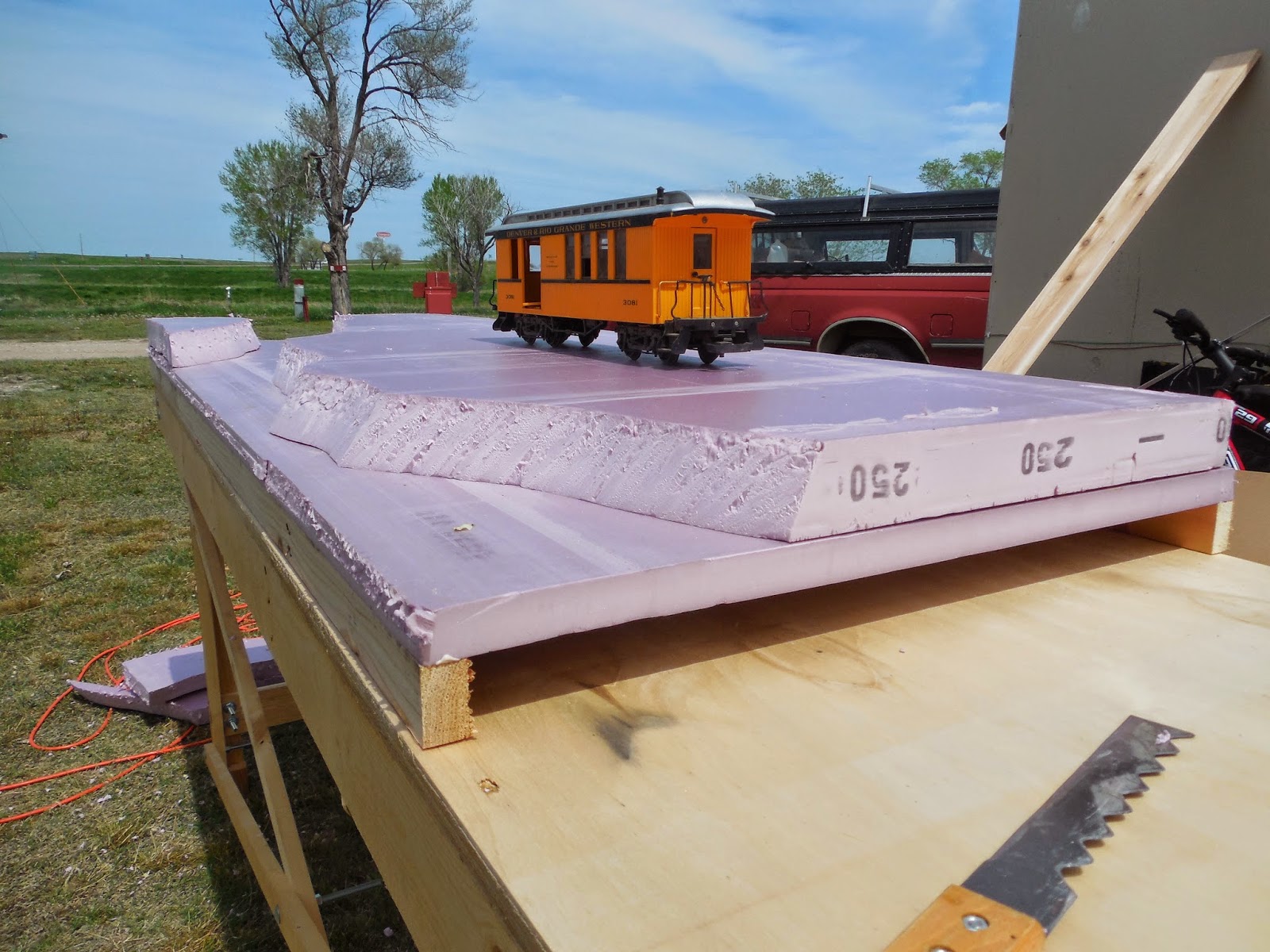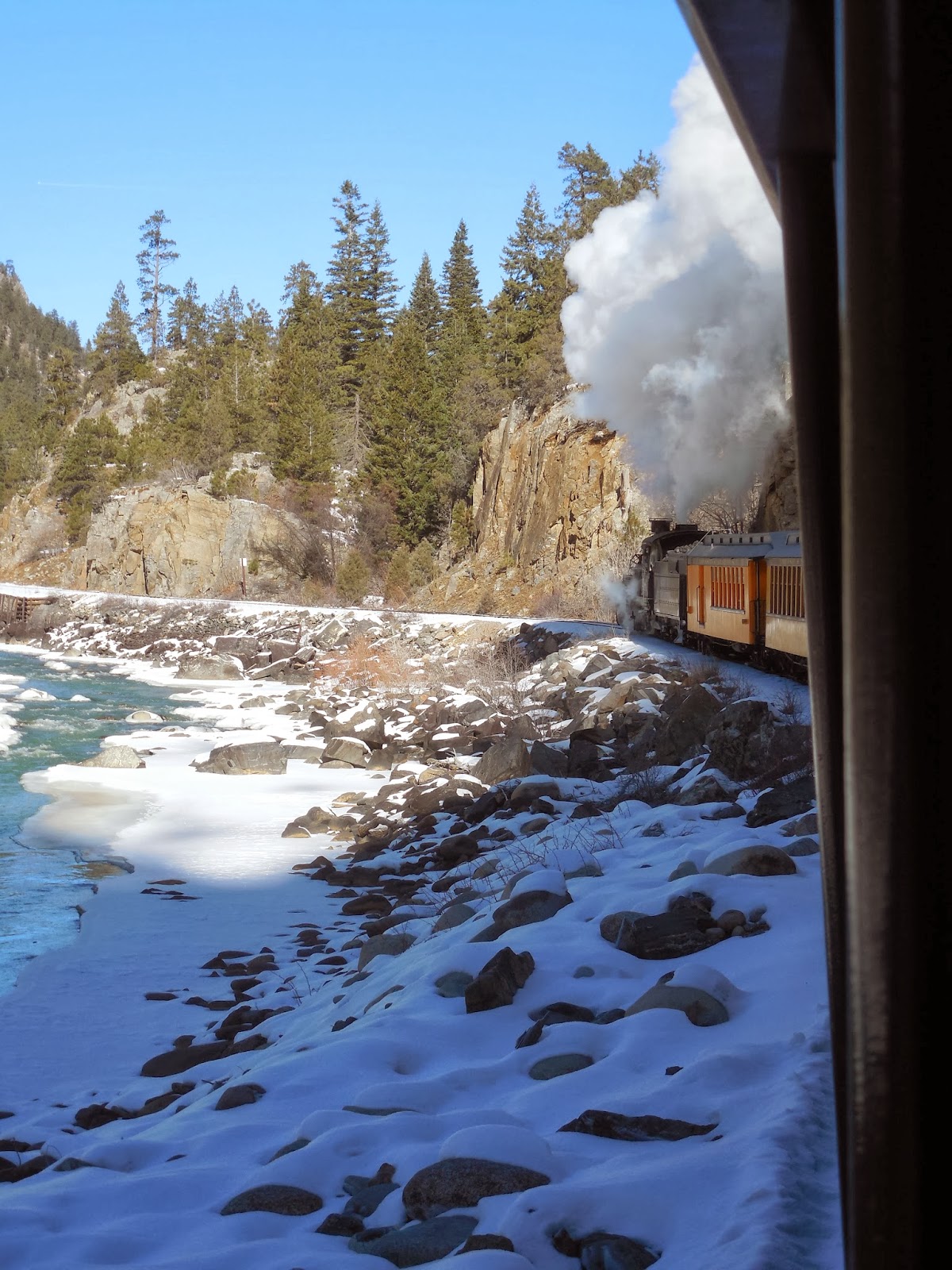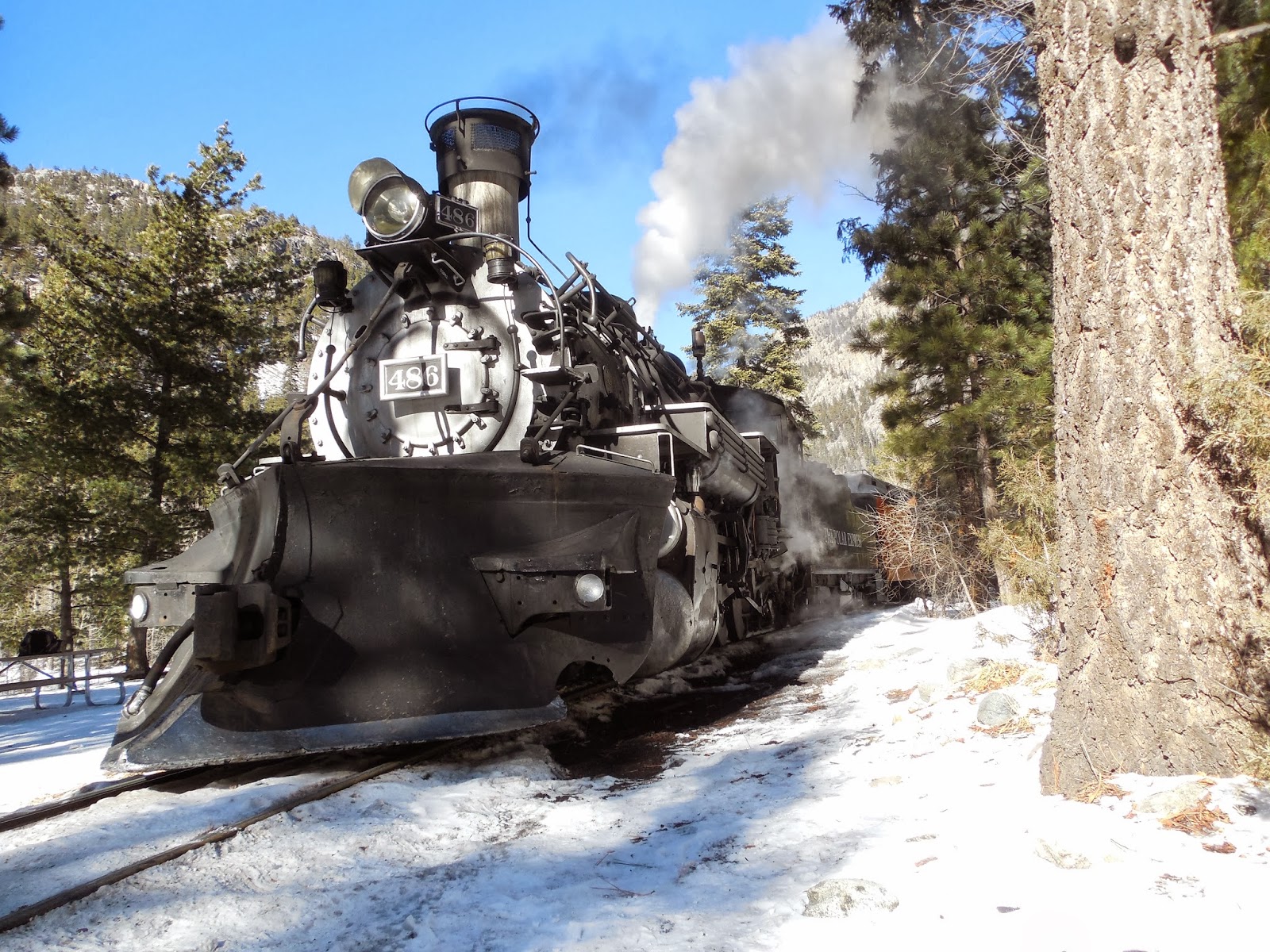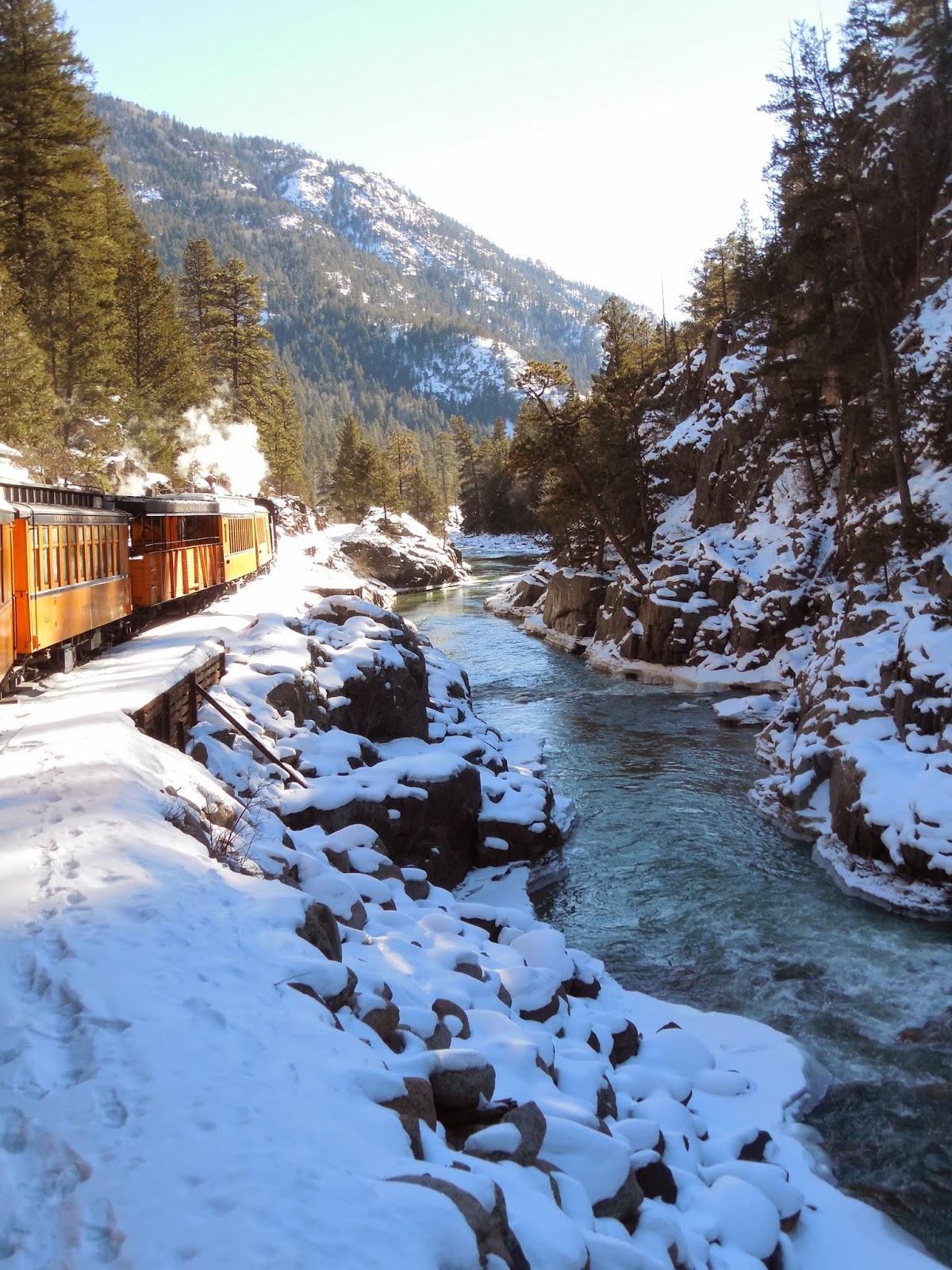In this report, I don't have any extra little things to display, so we'll jump right into construction progress of the module:
Construction:
Over the last week, rains have continued to be a problem, but I'm starting to get more sunny days to work with outside. To start, the small rock wall I had planned in one corner of the module proved to be a weak point in the design and the glue gave hold. From experience, I know that if something is falling off this early in construction, it's not worth it to try and keep the piece of foam attached, as it will simply break off.
However, the module itself seems to be holding up well, and everything should be a lot more secure once I put on the end plates and fascia. I am not doing either of those yet because I want the edge of the layout to be clean, so until I have the dirt and grass on the module, the edges will remain foam. I found time to make some progress on the module this last week, and the result is the first coat of paint. Lacking a paintbrush, I decided to waste no time and went ahead using a kitchen sponge as a brush. The results aren't the greatest, and the foam will need a second coat of paint, but it is progress anyhow:
Here is the module as it stood last week. I applied fiberboard ceiling tile (the type with all the tiny holes) to the top of the foam to serve as my road bed. I did this for two reasons, to support the weight of the trains and to provide an additional layer of sound deadening material. The board was secured with Elmer's wood glue, but any foam safe adhesive could be used for this A great benefit to fiberboard as roadbed is that it can be shaped and beveled to get a slope that is prototypical, whereas foam might take a lot more time. TO sand the fiberboard, I used a sanding sponge with what appeared to be 80 grit sandpaper surfaces. One trick is to keep the fiberboard edges rough after the 80 grit sanding, as the surface will hold ballast better than if it were smooth.
The first thing I painted was the dirt. The kitchen sponge an be seen on the right side of the photo, and in the middle of the picture is my paint bottle. For this, I used a tan color, although umber mixed with white and a slight amount of yellow would do the trick just fine. Actually, paint color is more of a personal preference, any type of brown would work just fine.
Next, I painted over the still wet tan paint with burnt umber, which has a lot more red to it and thus is a bit more 'rusty' and darker. The result is a mix of the tan and the burnt umber to create the river bed. Why the different color? Next time you walk along a gravel path and notice a puddle, take note of the different colors around the puddle. Wet surfaces are usually darker than dry surfaces, especially dirt. And so, since I have a river bed, the river's bottom will be wet and thus requiring a darker color than the tan. Again, this is just personal preference.
Lastly, I painted the fiberboard flat black. This will give the ballast some depth when ballasting is done. Grey, or some color similar to the ballast used will work as well.
And there's the result of my day off (that also happened to be sunny). Next progress update, I will begin to lay railroad ties, talk about rail height, and perhaps some structure construction! The first module is starting to come together!
Side Note
Seeing that I have limited space, I will be unable to have more than a few modules in the foreseeable future. These first modules I am trying to get the construction down to a tee, and so this railroad is more of a large experiment. However, as railcars and locomotives accumulate, more and more demand will arise for a larger layout. Once a permanent (or suitable) home for such a railroad is found, then this railroad may grow to a decent size. But for now, I am focusing on three things: Fn3 trains on a small layout, portability, and ease of construction.
--James
Construction:
Over the last week, rains have continued to be a problem, but I'm starting to get more sunny days to work with outside. To start, the small rock wall I had planned in one corner of the module proved to be a weak point in the design and the glue gave hold. From experience, I know that if something is falling off this early in construction, it's not worth it to try and keep the piece of foam attached, as it will simply break off.
However, the module itself seems to be holding up well, and everything should be a lot more secure once I put on the end plates and fascia. I am not doing either of those yet because I want the edge of the layout to be clean, so until I have the dirt and grass on the module, the edges will remain foam. I found time to make some progress on the module this last week, and the result is the first coat of paint. Lacking a paintbrush, I decided to waste no time and went ahead using a kitchen sponge as a brush. The results aren't the greatest, and the foam will need a second coat of paint, but it is progress anyhow:
Here is the module as it stood last week. I applied fiberboard ceiling tile (the type with all the tiny holes) to the top of the foam to serve as my road bed. I did this for two reasons, to support the weight of the trains and to provide an additional layer of sound deadening material. The board was secured with Elmer's wood glue, but any foam safe adhesive could be used for this A great benefit to fiberboard as roadbed is that it can be shaped and beveled to get a slope that is prototypical, whereas foam might take a lot more time. TO sand the fiberboard, I used a sanding sponge with what appeared to be 80 grit sandpaper surfaces. One trick is to keep the fiberboard edges rough after the 80 grit sanding, as the surface will hold ballast better than if it were smooth.
The first thing I painted was the dirt. The kitchen sponge an be seen on the right side of the photo, and in the middle of the picture is my paint bottle. For this, I used a tan color, although umber mixed with white and a slight amount of yellow would do the trick just fine. Actually, paint color is more of a personal preference, any type of brown would work just fine.
Next, I painted over the still wet tan paint with burnt umber, which has a lot more red to it and thus is a bit more 'rusty' and darker. The result is a mix of the tan and the burnt umber to create the river bed. Why the different color? Next time you walk along a gravel path and notice a puddle, take note of the different colors around the puddle. Wet surfaces are usually darker than dry surfaces, especially dirt. And so, since I have a river bed, the river's bottom will be wet and thus requiring a darker color than the tan. Again, this is just personal preference.
Lastly, I painted the fiberboard flat black. This will give the ballast some depth when ballasting is done. Grey, or some color similar to the ballast used will work as well.
And there's the result of my day off (that also happened to be sunny). Next progress update, I will begin to lay railroad ties, talk about rail height, and perhaps some structure construction! The first module is starting to come together!
Side Note
Seeing that I have limited space, I will be unable to have more than a few modules in the foreseeable future. These first modules I am trying to get the construction down to a tee, and so this railroad is more of a large experiment. However, as railcars and locomotives accumulate, more and more demand will arise for a larger layout. Once a permanent (or suitable) home for such a railroad is found, then this railroad may grow to a decent size. But for now, I am focusing on three things: Fn3 trains on a small layout, portability, and ease of construction.
--James




























































